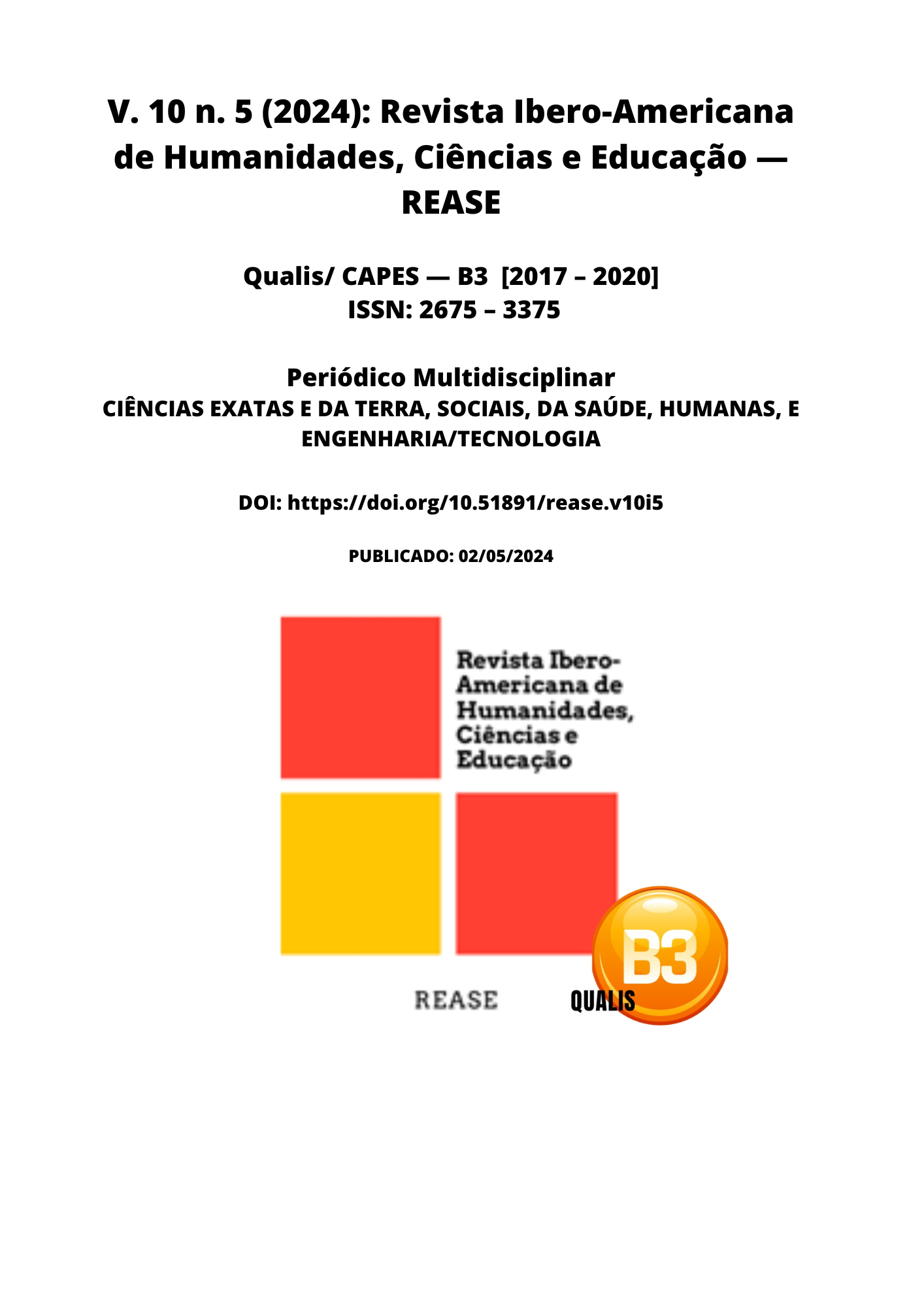CULINÁRIA FUNCIONAL NAS ESCOLAS DA BAHIA: IMPACTO NA NUTRIÇÃO E SABOR DAS REFEIÇÕES ESCOLARES
DOI:
https://doi.org/10.51891/rease.v10i5.14027Palabras clave:
Culinária Funcional. Nutrição Escolar. Educação Alimentar. Hábitos Alimentares Saudáveis. Gastronomia da Bahia.Resumen
This study examines the introduction of functional cuisine in schools in Bahia, focusing on how this approach can transform students' perception of healthy food, showing that it can also be tasty. A bibliographical research methodology was used to review studies and literature on the implementation of functional cuisine in the school environment. This work highlights the importance of connecting food with the local culture of Bahia, proposing the use of typical ingredients and dishes to make healthy meals more attractive to students. Additionally, food education is emphasized as a crucial pillar, suggesting that practical cooking classes and information about nutrition can enable students to value a balanced diet. The findings offer guidelines for schools in Bahia to effectively incorporate functional cuisine into their menus, aiming for meals that are nutritionally rich and visually inviting. Recommendations include adapting cooking techniques to include healthy foods and integrating nutritional education into the school curriculum.
Descargas
Descargas
Publicado
Cómo citar
Número
Sección
Categorías
Licencia
Atribuição CC BY

